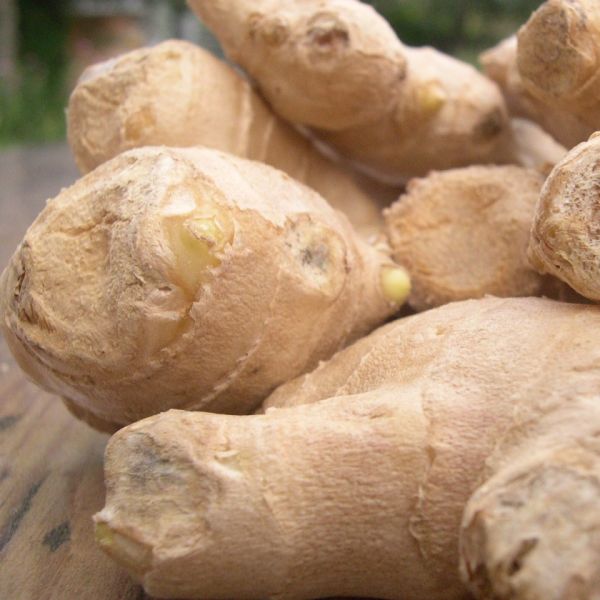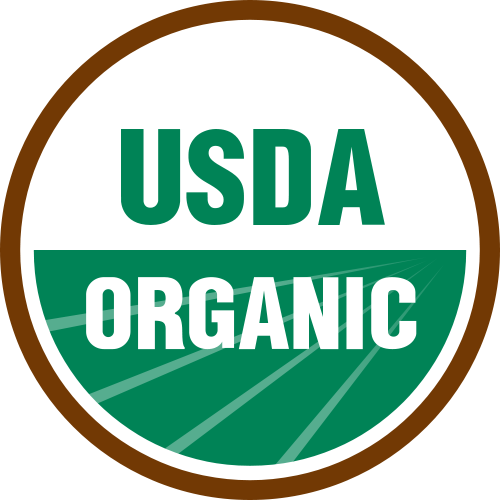| Latin Name : | Zingiber officinale |
| English Name : | Ginger |
| French Name : | Gingembre |
| Family : | Zingiberaceae |
| Origin : | Madagascar, Peru, India |
History and Origin
Ginger is a perennial plant from Asia. Its rhizome has been used as a condiment, food and medicine for more than 5000 years. Ginger was one of the first spices brought to Europe by arabic merchants, more than a century before our age. It was named “zenj”, which also meant the people of the East coast of Africa, region from which ginger was imported and origin of the word “Zanzibar”. Ginger has also been transplanted to South America. Today, it is cultivated almost all around the world. Writings from Dioscoride and the Roman Pliny the elder mention the use of ginger in anti-poison preparations, and as an aphrodisiac, antiseptic and carminative. In China, sailors masticate chunks of ginger to prevent sea sickness and nausea. Women also chew on ginger, but during pregnancy, to prevent morning nausea. The essential oil is used diluted to treat rheumatisms, arthritis and muscular pain in compresses or in massage. Here is an abstract of an english veterinarian treaty from the School of Salerne:
“For cold stomach, kidneys and lungs,
Burning ginger opposes with passion,
It quenches thirst, revives and excites the brain,
In the old, it awakens a young and renewed love.”
[free translation]







